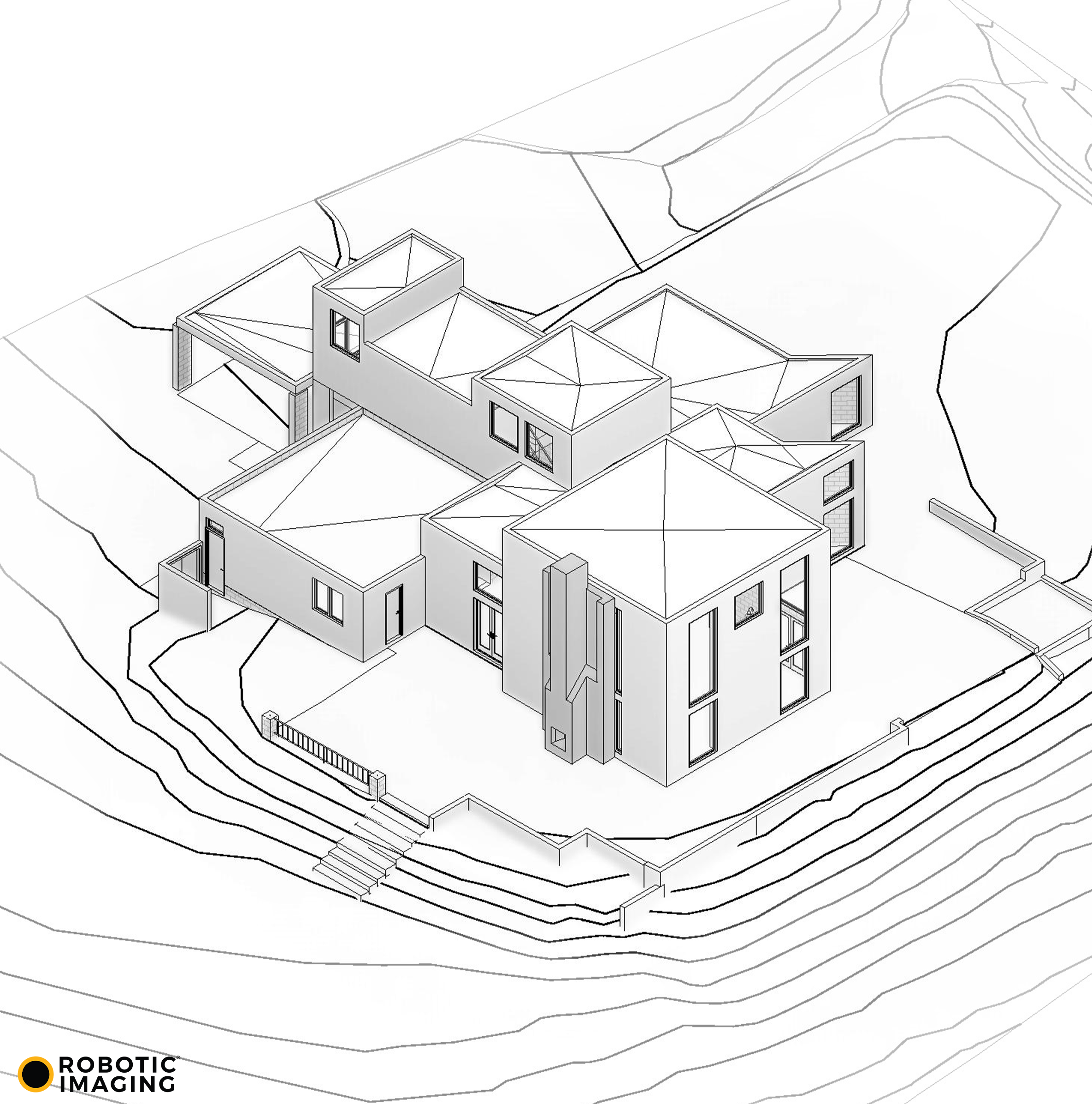Robotic ImagingJuly 13, 2022
Across the United States, people are struggling finding affordable housing. Pre-pandemic, the housing market was already competitive, but now the country is plagued with a full blown housing crisis. In major cities across the country, rents were rising and housing production from the AEC industry cannot keep up with the demand. In 2018, the National Low Income Housing Coalition estimated that the country is 7,000,000 rental units short of providing housing for its citizens. In a pandemic stricken society, filled with layoffs and evictions, rent rates have only continued to climb. In 2020, there was an 8/8% increase in rent from 2019. Simply put, the country needs more housing to accommodate the country’s masses.
In 2022, the AEC industry is booming to keep up with the ongoing housing demand. Living in a work-from-home nation, developers are discovering that many office spaces and other older buildings are simply not used enough and/or abandoned. Adaptive reuse can resolve the lack of housing, as these buildings remain unproductive and uncared for.
Endless Opportunities
Recently, there has been an uptick in adaptive reuse projects. In 2010, there were only 5,271 structures adaptively reused and converted into apartment complexes. In 2021, there were over 20,000 adaptive reuse projects. Cities like Philadelphia and Washington D.C., have thousands of unused buildings yearned to be restored.
The need to convert older century buildings into something the community can use has been a priority for many developers. And the kicker is the residents love it. The chic industrial style is embraced by so many. It shows that historic cities, like Philadelphia, have so many buildings sitting there, waiting to be rediscovered. Coffee shops and retail can be incorporated into the reuse plan. There can be roof top lounges and media rooms for the community to enjoy. Not only is this opportunity fruitful, it is also extremely sustainable.
A Building Problem: No As-Built Documentation
Rather than relying on historic documents, which are outdated and often highly inaccurate, developers are tasked with a big problem: how to best understand a new adaptive reuse site in all its glory? At Robotic Imaging, we solve this problem for you. Many of our clients are involved in this adaptation process, utilizing our scan-to-BIM services to best understand existing conditions. BIM, or Building Information Model, allows designers to create a digital as-built model that can be later used and re-developed.
With the increased need to reuse these existing structures, scan-to-BIM services enable clients to quickly receive a complete, comprehensive, detailed as-built digital model of the building and site. Using a laser scanner to extract precise data on the site creates a near perfect 3D model later on. The accuracy received in such a model is just simply not possible using traditional measuring methods, like point and shoot measurers.
Suggested reading: If you want to learn more about the power of adaptive reuse projects, check out this article.
AEC professionals using our services save an exponential amount of time and can better funnel their energy and resources to understand the community needs and start preliminary designs. Designers are able to preserve the past history, be more sustainable, and save time. This is all possible due to the highly developed technology and services Robotic Imaging offers and our ability to service our client’s needs.
